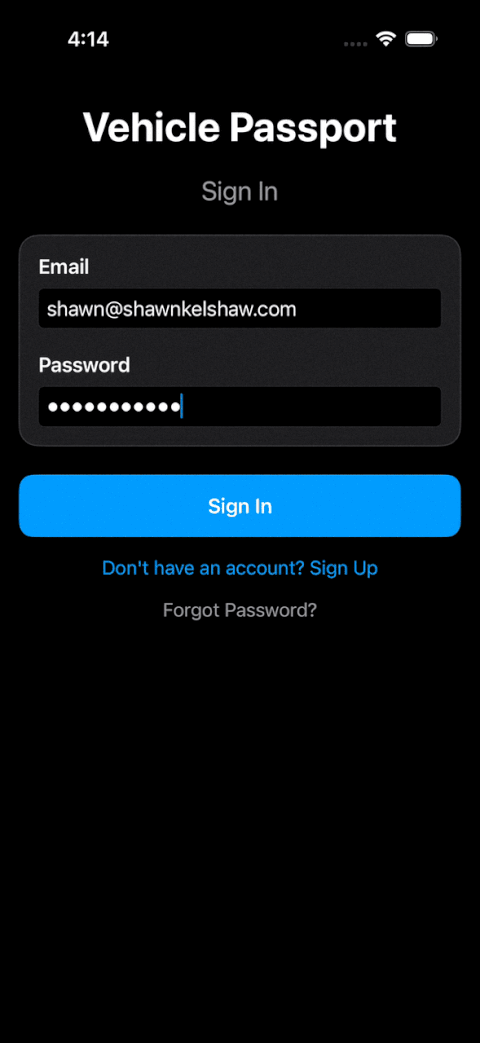Product Design and UX process methodology
AI is disrupting my process
For this process deep dive, I’m using a personal project called the Vehicle Passport. According to multiple (sycophantic?) AI agents, it’s more than just a playful concept—the idea has real potential. Follow along as I map each stage of Jesse James Garrett’s Elements of User Experience1 to show how I’m leveraging AI to expand my skills and adapt to the rapidly evolving field of product and UX design.
Related principles, models and mindsets
Words to live by
Design Thinking (IDEO Labs)
Mitigating risk to user adoption
The Elements of (the Vehicle Passport) User Experience
< Abstract Ideas
Concrete Deliverables >
The original Elements of User Experience model is copyrighted 2000 by Jesse James Garrett. All rights reserved. View the original diagram.
Vehicle Passport: A pet project for AI and vibe coding experiments
Not a finished, branded design but rather a scrappy, clickable MVP vibe-coded with Cursor Windsurf + Claude Sonnet 4 (including Supabase user authentication). Time to complete ~6 days.

Process deep dive. It’s evolving quickly
Stage 1: User needs and business objectives
Stage 2: Functional requirements and content specifications
Stage 3: Information architecture and interaction design
Stage 4: User interface and navigation design
Coming soon
Stage 5: Visual design
Coming soon
What is the Vehicle Passport
The concept acknowledges user pain points that exists throughout the trade-in funnel. The concept further hypothesizes that separating the vehicle trade-in funnel from the vehicle sales funnel, leveraging IoT and emerging technologies, will boost sales and improve customer satisfaction. After mulling the idea over with several deep research tools like Claude, ChatGPT, Perplexity and Sjeel Koster’s ICP Architect agent, it seems like there might be a real world need (sycophantic?).
Inspiration
For years it seems I’ve been encumbered by workflows, processes and tools that were imposed on me by clients, employers and cultures. This pet project gives me the freedom to explore new tools, techniques and technologies at my own pace.
End-to-end Product Design
From abstract ideas… to concrete deliverables
If I were to ask you over this weekend to help build a deck on my back porch—but gave you no other details—we would both share a general understanding of what that work involves and the goal at hand. But that understanding would be mired in abstractions. Will the deck be enclosed or open-air? How many people should it be able to accommodate safely? What activities will be performed on its surface on a routine basis? Only once we align on materials, dimensions, purpose, timeline, etc. will the scope of the work come into focus with real clarity.
Every design project goes through these 5 stages. It’s an inescapable truth. AI may help accelerate, augment and perhaps replace some of the work that transpires in these 5 stages, but AI can not replace the stages themselves. My aptitude for leading a design process means facilitating the workshops and conversations that move cross-functional teams away from abstraction (stage 1) towards the delivery of tangible artifacts (stage 5).
Artificial Intelligence Experiments
- Jesse James Garrett, Elements of User Experience (March 30, 2000), http://www.jjg.net/elements/pdf/elements.pdf. ↩︎

